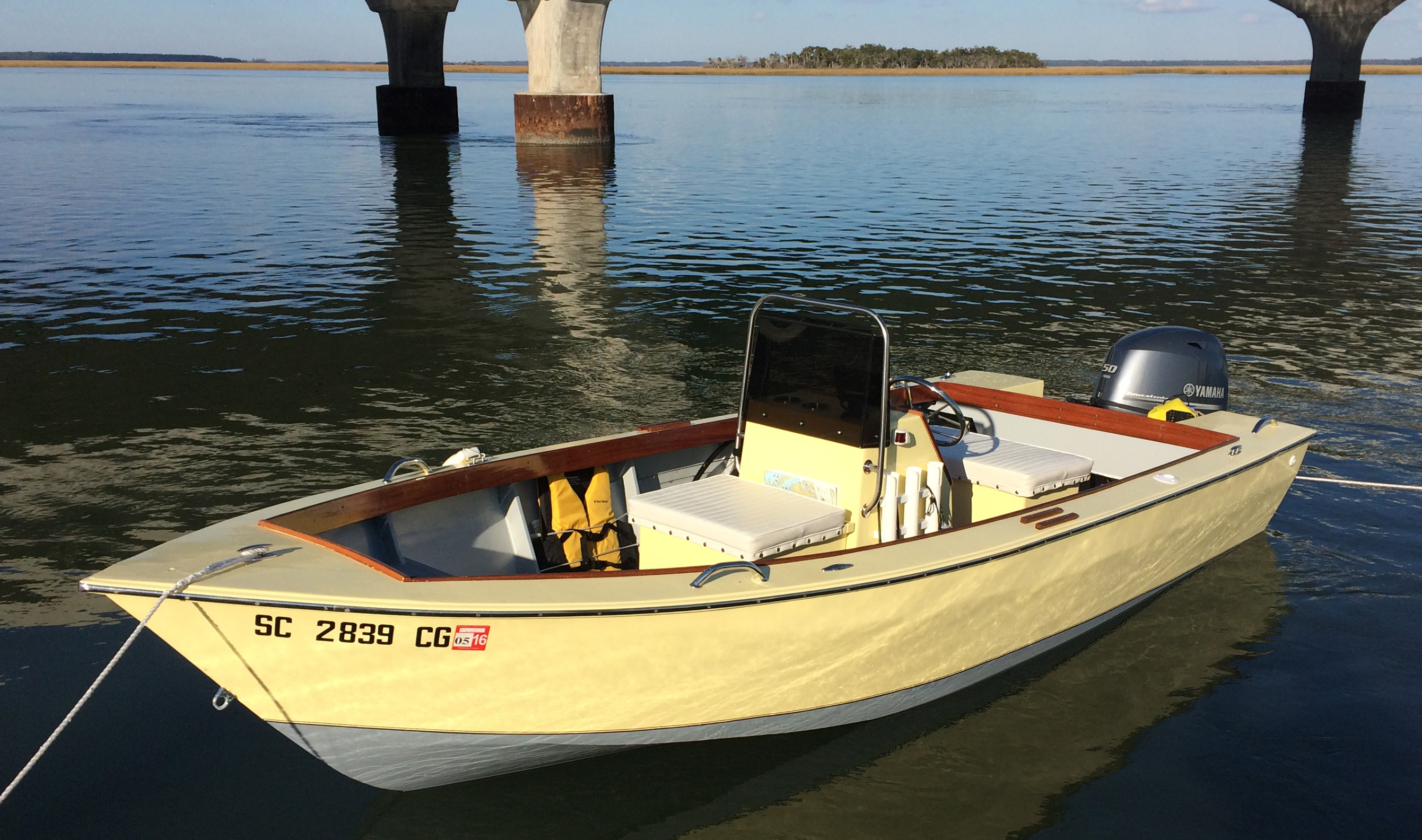Monday, November 11, 2024
Small Boat Design: How to Create a Functional and Stylish Vessel

Small Boat Design: How to Create a Functional and Stylish Vessel
The allure of a small boat lies in its versatility and ability to connect us to the water. Whether for leisurely cruising, fishing adventures, or exploring hidden coves, a well-designed small boat can be a source of endless joy and adventure. But beyond its practical applications, a small boat can also be a statement of personal style, reflecting the owner's taste and personality. This article explores the key considerations in small boat design, encompassing functionality, aesthetics, and the art of balancing these elements to create a truly unique and captivating vessel.
Understanding the Purpose and User Needs
The first step in designing a small boat is to define its intended purpose and the needs of its users. This involves asking crucial questions:
1. What activities will the boat be used for?
- Fishing
- Sailing
- Rowing
- Motoring
- Waterskiing
- Picnicking
- Commuting
Each activity demands specific design features. For example, a fishing boat might need ample storage for tackle and bait, while a sailing boat requires a balanced hull and optimized sail plan. Understanding the primary purpose will shape the boat's overall design.
2. How many people will the boat accommodate?
The number of passengers will influence the boat's size, seating arrangements, and overall stability.
3. What is the desired cruising range?
For longer trips, a boat with greater fuel capacity and storage space is needed. For short outings, a smaller, more maneuverable vessel might suffice.
4. What is the budget for the project?
Budget constraints will influence the choice of materials, construction methods, and available features.
Functional Design Elements
Once the purpose and user needs are clear, the focus shifts to creating a functional boat that meets those requirements. This involves careful consideration of the following elements:
1. Hull Design and Stability
The hull is the boat's foundation and dictates its performance. Key considerations include:
- Shape: Different hull shapes, such as displacement, planing, or semi-displacement, offer varying levels of speed, stability, and efficiency.
- Materials: Common hull materials include fiberglass, wood, aluminum, and steel, each with its own strengths and weaknesses in terms of durability, weight, and cost.
- Stability: The boat must be stable enough to handle waves and prevent capsizing.
2. Propulsion System
The choice of propulsion depends on the boat's intended use and user preferences:
- Sail: Provides environmentally friendly propulsion, but requires wind and sailing skills.
- Outboard motor: Offers flexibility and portability but can be noisy and less efficient at higher speeds.
- Inboard motor: More powerful and quieter than outboards but require more space and installation.
- Rowing: A simple and environmentally friendly option for smaller boats, but requires physical effort.
3. Deck Layout and Features
The deck layout should be efficient and user-friendly, accommodating the boat's intended use. Consider:
- Seating: Comfortable and secure seating for passengers and crew.
- Storage: Ample storage space for equipment, supplies, and personal items.
- Cockpit: Well-designed cockpit with clear visibility, easy access to controls, and adequate space for movement.
- Navigation equipment: GPS, charts, and other navigation tools for safe and efficient travel.
- Safety features: Life jackets, safety equipment, and appropriate lighting for night use.
Aesthetic Considerations in Small Boat Design
While functionality is essential, aesthetics play a significant role in creating a captivating small boat. Combining form and function is a delicate balance, but it can result in a vessel that is both practical and visually appealing.
1. Lines and Proportions
The overall lines and proportions of the boat create its visual identity. A well-designed boat will have a harmonious balance between its length, width, and height. Consider:
- Length-to-beam ratio: This ratio influences the boat's speed, stability, and overall appearance.
- Freeboard: The height of the sides above the waterline affects the boat's seaworthiness and appearance.
- Bow and stern design: The shape of the bow and stern contributes to the boat's overall aesthetics and performance.
2. Color Scheme and Materials
The choice of colors and materials can significantly impact the boat's visual appeal:
- Hull color: Light colors reflect heat and reduce glare, while darker colors provide a more dramatic look.
- Deck and cabin colors: Consider contrasting colors for better visibility and visual interest.
- Materials: Natural wood adds warmth and sophistication, while fiberglass and aluminum offer durability and low maintenance.
3. Detailing and Trim
Small details can make a big difference in the boat's overall aesthetic:
- Handrails and grab rails: Can be both functional and visually appealing.
- Hardware: Quality hardware, such as cleats, winches, and hinges, enhances the boat's look and durability.
- Lighting: Decorative lighting adds ambiance and safety at night.
Balancing Functionality and Aesthetics
Creating a functional and stylish small boat requires a delicate balance between practicality and aesthetics. This involves:
- Understanding the constraints: Recognizing the limitations of size, budget, and intended use.
- Prioritizing functionality: Ensuring that the boat's essential features are well-designed and efficient.
- Adding aesthetic touches: Incorportating elements that enhance the boat's visual appeal without compromising functionality.
- Seeking professional guidance: Consulting with experienced boat designers or builders for expert advice and design solutions.
A well-designed small boat is a testament to the fusion of functionality and style. It is a vessel that not only meets the needs of its users but also captures their imagination and enhances their enjoyment of the water. Whether you're a seasoned boater or just starting out, the pursuit of a functional and stylish small boat is a rewarding journey that yields a timeless treasure to be enjoyed for years to come.
No comments:
Post a Comment
Note: Only a member of this blog may post a comment.